Ever since Twitter opened up their verification process to public applications via form, I’ve been writing pretty much non-stop about it. It’s big news, and I’m not the only one that thinks so. Why is it, though? What’s the big deal about verification?
At first glance it seems like nothing more than a little check mark next to your name. That can’t possibly have a huge impact, can it? Well, you’ve come to the right place. I’m going to cover all of the ways verification can help you out, so you know exactly why you should work to earn it.
Identifier of Value Determined by an Authority
This is an interesting perk of verification, because it only works as long as people consider Twitter to be an authority. In the past, verification has been solely at the discretion of Twitter. You couldn’t request it or really do anything to attract it besides grow as a person or as a brand, to the point where people notice you, and then to the point where Twitter notices you. This meant that verified users were all verified through direct notice and intervention on the part of Twitter themselves.
The thing is, Twitter has opened up their verification process. I’m skeptical as to whether or not they will actually be broadening their requirements and allowing more people to be verified, but if so, it actually takes away from the value of verification. As long as it’s an exclusive club membership granted to just the members of the illuminati and the various celebrities Twitter has decided deserve it, it’s valuable. As more and more people – people with less and less authority and less and less in the way of noteworthy elements to their brands – gain verification, the potency of verification diminishes.
It remains to be seen whether or not this is the case. I suspect that, for now, verification is not actually open to a broader audience. Twitter is just opening up the form to catch the people they missed in their standard passes. However, time will tell if the average user is capable of earning verification.
Adds Accountability and Stability
This is one of the more common recent concepts on Twitter, and why a lot of people think Twitter opened up verification. They suspect that all of the rampant bullying on the site has driven Twitter to try to broaden verification as a means of holding people accountable.
The idea is much the same as using Facebook comments on a blog. By requiring a real name and a real account for some external site, Facebook in this case, you cut back on spam. Not only do you have Facebook’s spam filters in place, you have people not wanting to spam using their real name. It’s a reputation thing.
Verification is the same. People will be obnoxious, vile and horrible cretins behind a veil of anonymity, but when their names are exposed and their reputation is at stake, they will think twice about making such posts.
However, most of the people doing the bullying are not people noteworthy enough to be verified. For Twitter to use verification as an anti-bullying measure, they would need to make it open to just about everyone, and it loses all of the value from the first point.
What I would be interested to see would be a new second-tier level of verification. You would have a sort of exclusive Value Verification, which is what the current blue checkmark is. Then you would have the Identity Verification, which is less valuable as a measure of authority, but more of a verification that you are who you claim to be. This would allow for filtering of non-verified accounts entirely, to cut back on anonymous harassment. A pipe dream, unfortunately, as I doubt Twitter would actually implement such a system.
Access to Twitter Analytics
This one is a relatively minor perk. Twitter Analytics are actually surprisingly basic and can be replicated or supplanted by third party applications without much trouble. I’ve mentioned Twitonomy extensively on this site, but there are certainly other options out there. Twitter’s native analytics aren’t bad, per se, but they’re not on the same level as Facebook Insights or Google Analytics. Even so, having access to native analytics is nice for when they add new forms of data or when they provide reports that might be tricky to find in other ways.
The reason this is a minor perk is because you can already get Twitter analytics by default. All you need to do is sign up for Twitter for Business, their ads system. It’s a simple process to do so, and you don’t have to ever actually make an ad, or even add in credit card information. The only drawback to doing so is the constant reminder emails from Twitter that you’re “one step away” from spending your money with their system.
Sign of Trust Amongst the Twitter Community
While some skeptical users will decry the value of verification, the fact is that it’s still a valuable source of authority amongst the average user. Most people are learned in the arcane ways of marketing. All they know is that some people have a blue checkmark and others don’t, and that having one is a good, rare thing. It’s much the same way that a lot of people know that earning a Medal of Honor in the military is a high accolade, but they don’t know anything more specific about it than that.
You don’t need to know the ins and outs of Twitter marketing or the details of earning verification in order to understand that having it bestowed upon you by Twitter themselves means you have passed some kind of test of worth.
Additional Security Measures
In order to apply for verification, you need to have a validated email address, an accurate birthday, and a verified phone number all in Twitter’s system. The phone number in particular is of value as a form of two-factor authentication, and the email address is a way they can use to deal with you for password recovery and other account protection options.
This helps because it enforces having proper digital security measures. Sure, you could use a throwaway email address and a burner phone, but then if your account is compromised or locked under suspicion of such, you have no way of recovering it. It’s simply good practice to use additional layers of security.
It’s not as if verification adds any more security options. It’s simply that anyone who goes through the process – or anyone interested enough in it to apply – has to perform those steps in order to be eligible in the first place.
Prevents Twitter Identity Theft
Impersonation on Twitter can range from the benign parody account to the malicious phishing attempt, and it’s the latter that are the worst for businesses to deal with. When someone sets up a profile with your information copied from your profile, there’s very little way for users to determine which is the real account. They can look at the recent tweets, the account creation date, and the interaction history, but that only goes so far.
The trouble is, most victims of phishing tend to be the older and less tech-savvy members of the site. These are the people that might not even realize that phishing is a thing that can happen. They don’t know that the threat is there, so they’re not aware of the warning signs. They might also be maliciously targeted. A phisher could impersonate your account and then start sending messages to your followers saying they’re eligible for a free upgrade or gift, all they need to do is register their account information with the spammer’s site.
Verification helps cut back on this because it’s a simple indicator of authority. People know that you have the blue check, and they know anyone trying to contact them without it isn’t actually you. Now, it’s a toss-up whether or not they recognize it at the time, and people will still fall for phishing scams as long as there are people in the world, but it’s another layer of protection.
It Can Lead to Verification on Other Sites
When you’re a noteworthy person or brand, but not high profile enough to be verified automatically upon registering like a top-tier celebrity or multinational corporation, you can use all the help you can get. One such source of assistance is verification itself. If you, for example, wanted to be verified on Facebook, you might shoot for Twitter verification first.
As of right now, very few types of pages can request verification on Facebook. Businesses, brands, and organizations are notably unable to do so. However, if you are a brand that deserves verification, you can prove that you deserve it by earning it on Twitter. You can then go to Facebook and contact them directly, saying “hey, I’m verified over here, maybe you should verify me too!” It’s not guaranteed to work, but it’s one more item in your favor.
Helps You Network with Influencers
Influencer marketing is the Next Big Thing on the web right now, and it means people with authority are in high demand. Those people know it, though, and tend to be selective with who they engage with on a deep basis. Superficial responses are par for the course, but if you want them to recognize you or open up deeper options for a relationship in business, you need to stand out from the crowd.
One such way to stand out is to be verified yourself. When an influencer sees an incoming message, they’re likely to look for reasons to ignore it. If it’s from someone who is verified, they’re going to give it more attention than they otherwise might.
Brings in New Followers
This is another minor benefit, but it’s a benefit nonetheless. When you earn verification, you’re likely to see an influx of followers and messages from people who themselves are looking for verification. You can explain honestly what you have done to be a noteworthy person and to earn verification, and that’s fine. You can also take advantage of their desire and explain that one thing you did was “follow a lot of verified users and engage with them.” This will encourage those users to stay followed and engage with you, in the hopes that your authority rubs off on them. It probably won’t, but hey, free followers are free followers.
Gives You Verification on Vine and Periscope Automatically
Another tertiary benefit. Twitter owns Vine, their micro-video sharing platform, and Periscope, the livestreaming system.
Both of them, then, get you verification when you earn it on Twitter. If you don’t use either of them, it can be a good reason to start. Starting with verification gives you a head start in growing your audience on those networks as well. On the other hand, if you don’t have much in the way of video marketing to do, it’s not a benefit at all.
Build Your Reputation as an Industry Authority
At the end of the day, the number one thing verification on Twitter gets you is the ability to say you’ve been verified on Twitter. It’s a badge of honor, an achievement, something rare that not everyone gets. It puts you in an exclusive position with a mere few hundred thousand other accounts. You can use this to your advantage outside of Twitter in a million different ways, all starting with simply embedding your feed so the checkmark is visible. Where you take it from there is up to you.
Losing Verification
Verification is not necessarily permanent. Any time you break the terms of use on Twitter, you can lose it. They expect a certain code of conduct out of their verified users. Additionally, changes to your brand can remove verification and require passing through their checks again. This means changing your username or your posting topics, primarily. Finally, protecting your account can remove verification as well. If users can’t see your tweets, Twitter has no reason to verify you. Treat verification as the fragile status it is, and work to keep it once you have it.
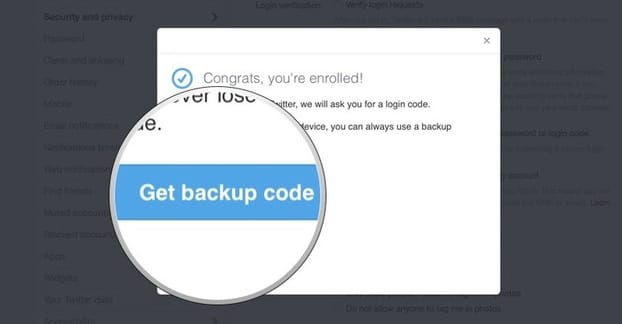
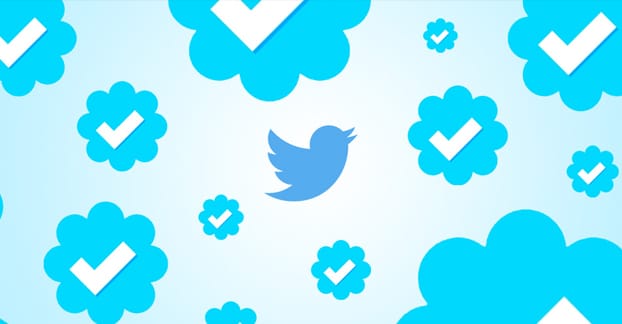
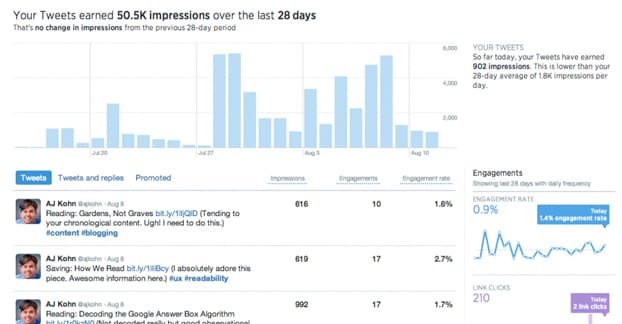
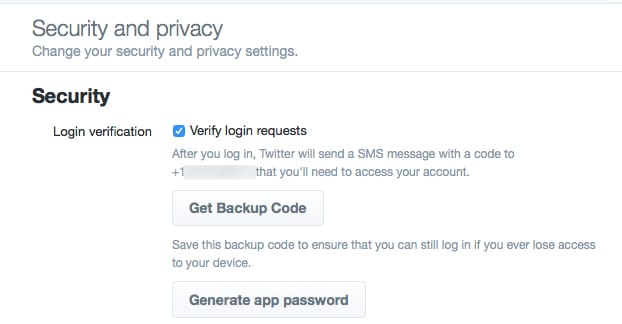
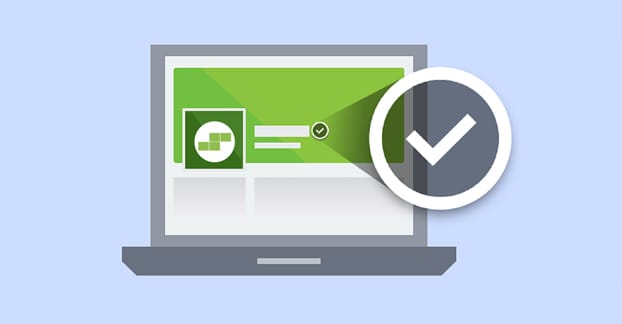
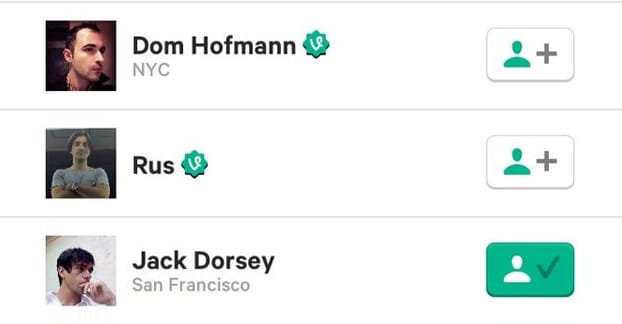
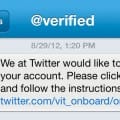



While creating an account in twitter, it is highly required to verify it. The verification of twitter account is required for authentication purpose. These are some specific steps that are needed to be followed while verifying a twitter account. Some specific information about you or your company must be provided while verifying any twitter account. If you have a verified Twitter account, you will surely acquire several benefits.